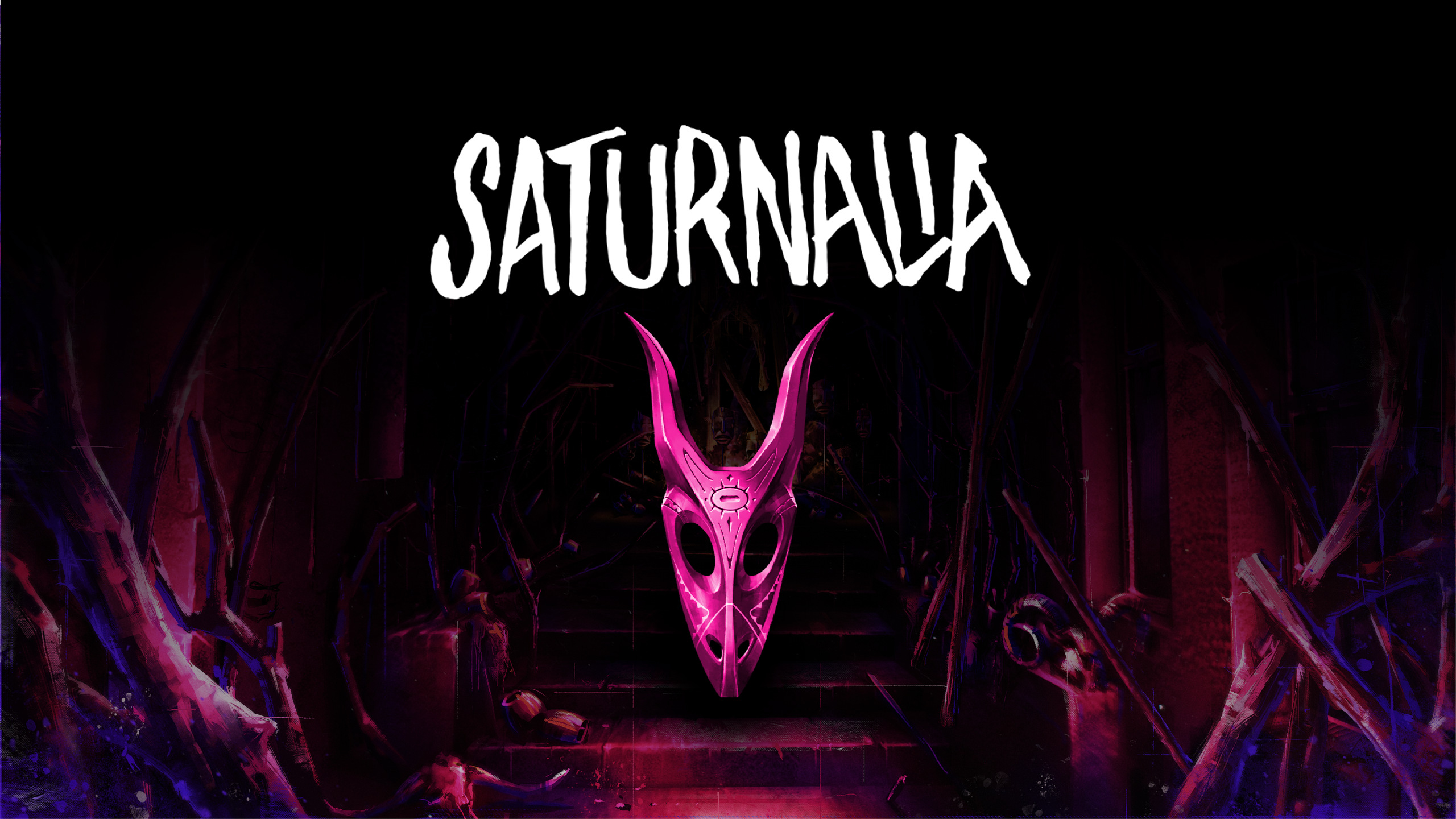
Adventure games have proven to be a very flexible genre within the indie scene. All kinds of stories with unique gameplay gimmicks can be incorporated to make the player feel a certain way. It seems these days that there is no defined template for the genre at all.
Some adventure games aspire to be as immersive as possible, like Scorn or Stray, and have minimalistic game mechanics. Saturnalia goes in the opposite direction and emphasizes on procedurally generated elements and bespoke characters with unique abilities to convey its scenario.
Unique gameplay in a genre that is traditionally overly streamlined is not enough for Saturnalia. Santa Ragione also chose to have the most avant-garde visual style and sound design that spits in the face of expectations. What can players expect from this experimental adventure game? Find out in our Saturnalia review!
Saturnalia
Developer: Santa Ragione
Publisher: Santa Ragione
Platforms: Windows PC, Nintendo Switch, Xbox One, Xbox Series X|S, PlayStation 4, PlayStation 5 (reviewed)
Release Date: October 27, 2022
Players: 1
Price: $19.99 USD
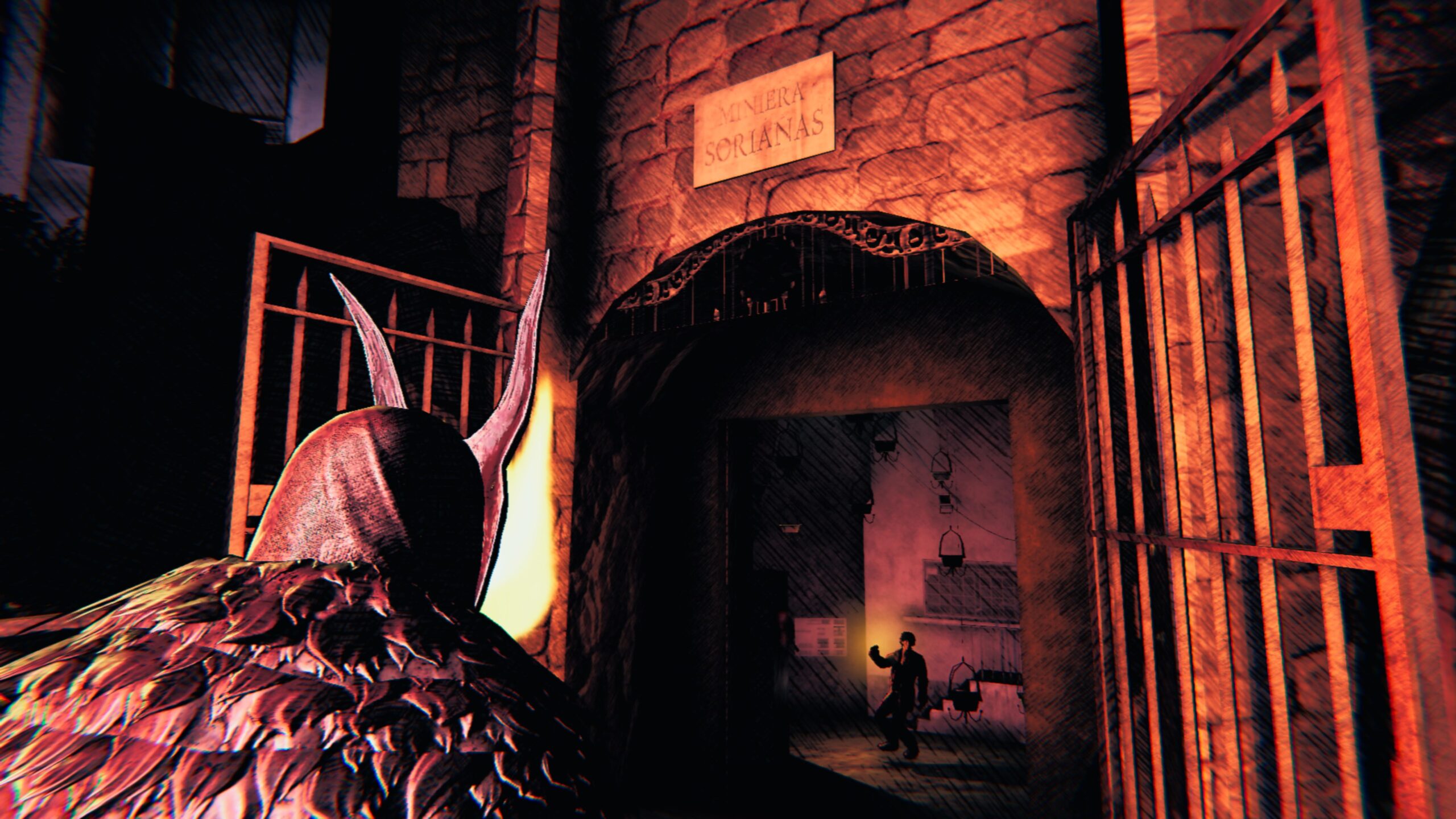
The very first thing anyone will notice about Saturnalia is its utterly bizarre aesthetics. Still images do not do it justice – the visuals in this game feel like they breath, undulate, and quiver all at once. There are a ton of post-processing effects active at any given moment and all kinds of shaders applied too.
All of the effects active at once on top of painterly textures with rough and scratchy linework throughout the world makes Saturnalia look like a kaleidoscope of color. Everything has an otherworldly glow and the high contrast of light and dark gives the game an intense mood.
The developers took a very bold and potentially controversial choice and made every character animate in a frantic, staccato jitter. The effect makes a striking contrast of framerates. The game itself runs 60 fps, but the characters are seemingly animated much lower- possibly around 15-20 frames per second.
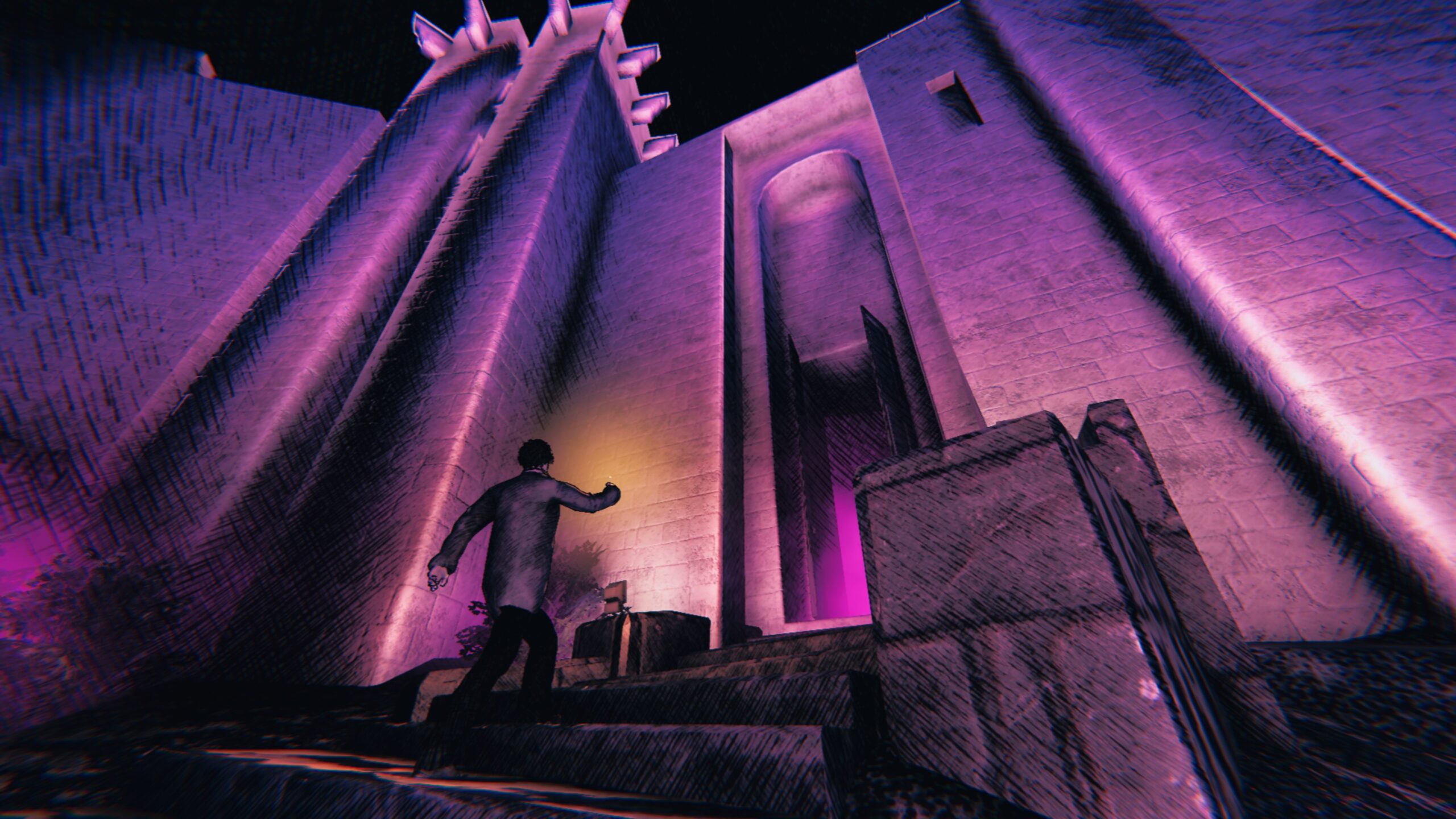
The desired effect that Saturnalia aspires is that of being in some kind of half-remembered dream. For some gamers, this can potentially be an eyesore. The constant jittering of characters moving as they smoothly glide through areas just might be headache inducing.
This creative choice will divide players for certain, but it does go a long way in giving Saturnalia a feel that is unlike anything seen in any other game. Characters are jerky because they are jerks. When the monster appears – it looks like every photo of big-foot ever.
The gnarly blur of chaos when action picks up adds an extra layer of nightmarish evil to the scene. Sightings feel like the times you were a child and you explored your house late at night. A blob of darkness creeps into your peripheral vision, making you think you saw something.
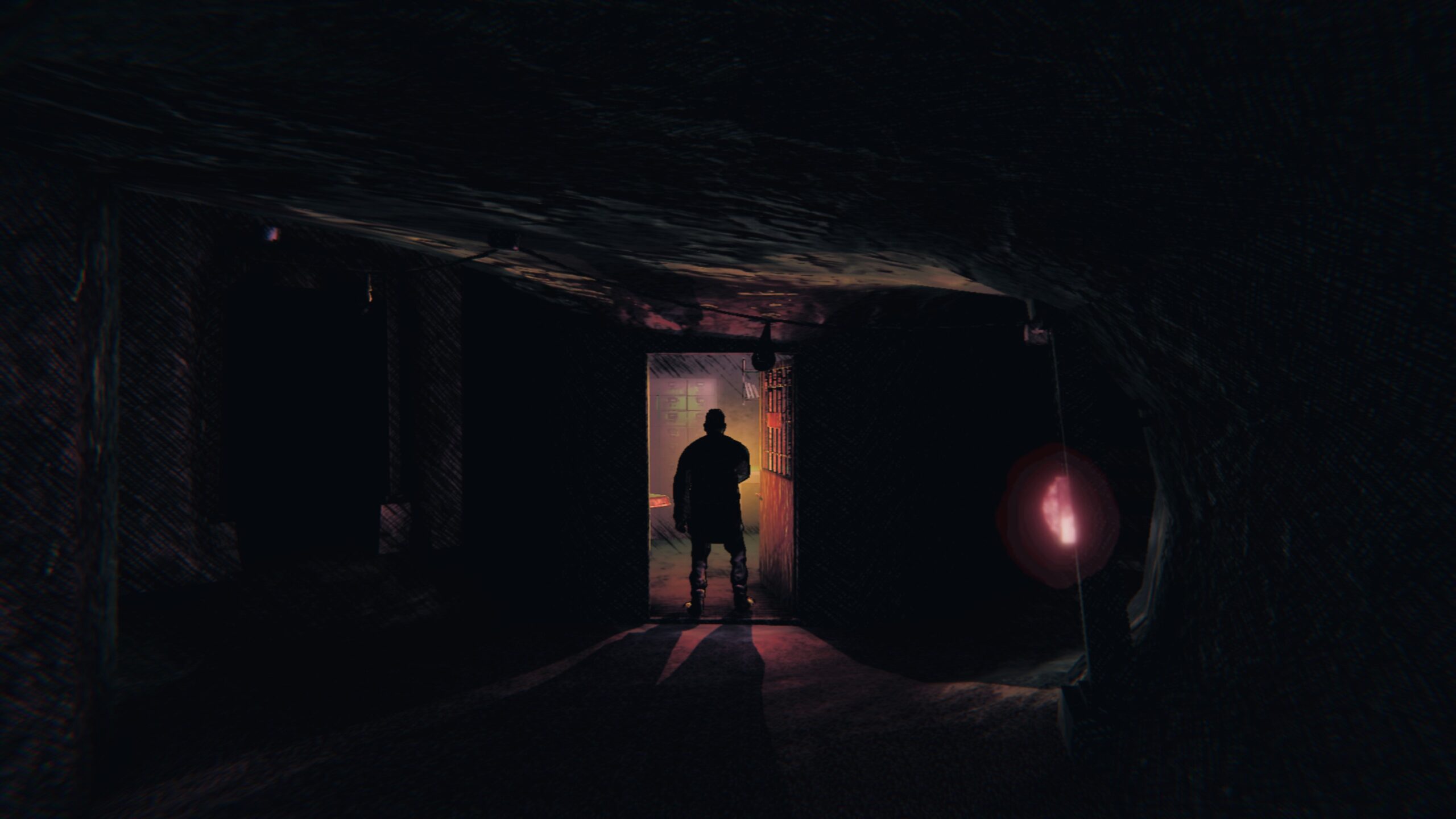
Saturnalia‘s visual style is complimented by a very unusual musical score. There is a lot of old-timey Italian folk elements to the music; soft and airy vocals of the main theme are especially hypnotic. Maracas become menacing as they are the accompaniment of the strange creature.
With so much unique audio and visual flavor to make Saturnalia stand out, how does it play? As it would seem, Saturnalia is not like most horror adventure games.
The story revolves around four protagonists and their time in the small Italian village of Gravoi, in 1989. Paul, the photographer and estranged son of the village, can stun the monster and take shots of vital clues.
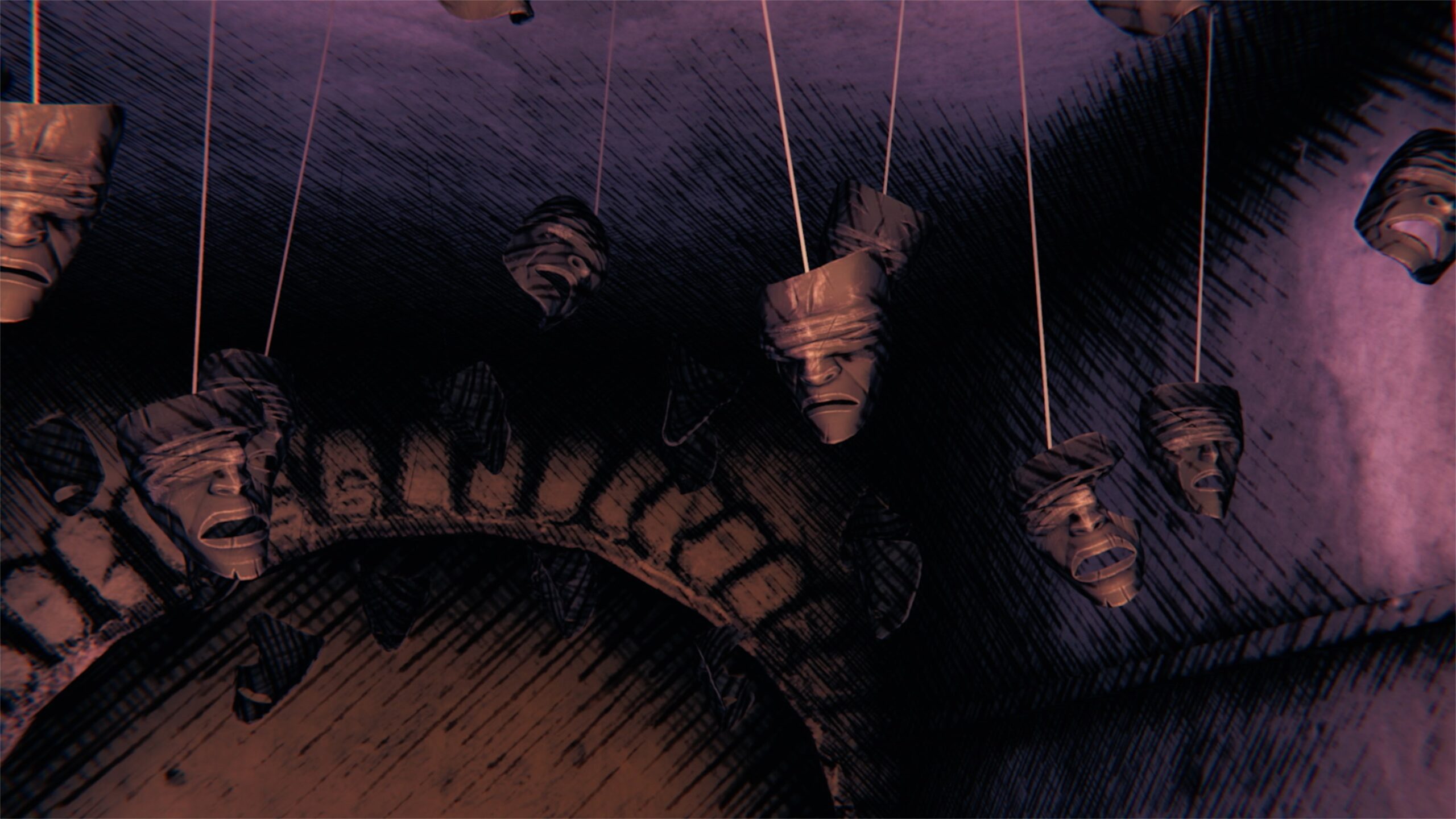
Sergio, the recovering junkie, is seeking closure with his homosexual partner and comes equipped with a wireless phone. Claudia is the youngest and can fit through smaller passages the rest of the cast cannot, and is trying to uncover the secret of her aunt’s apparent suicide.
Lastly is Anita, the very pregnant geologist who has cheated on her husband and is the only playable character with a map. Players begin with only Anita, but the rest unlock with progression and each one has terrible stamina.
These characters all have their own individual story, but they are all connected by a larger conspiracy. The ending depends on who makes it out alive, and survival is not a guarantee.
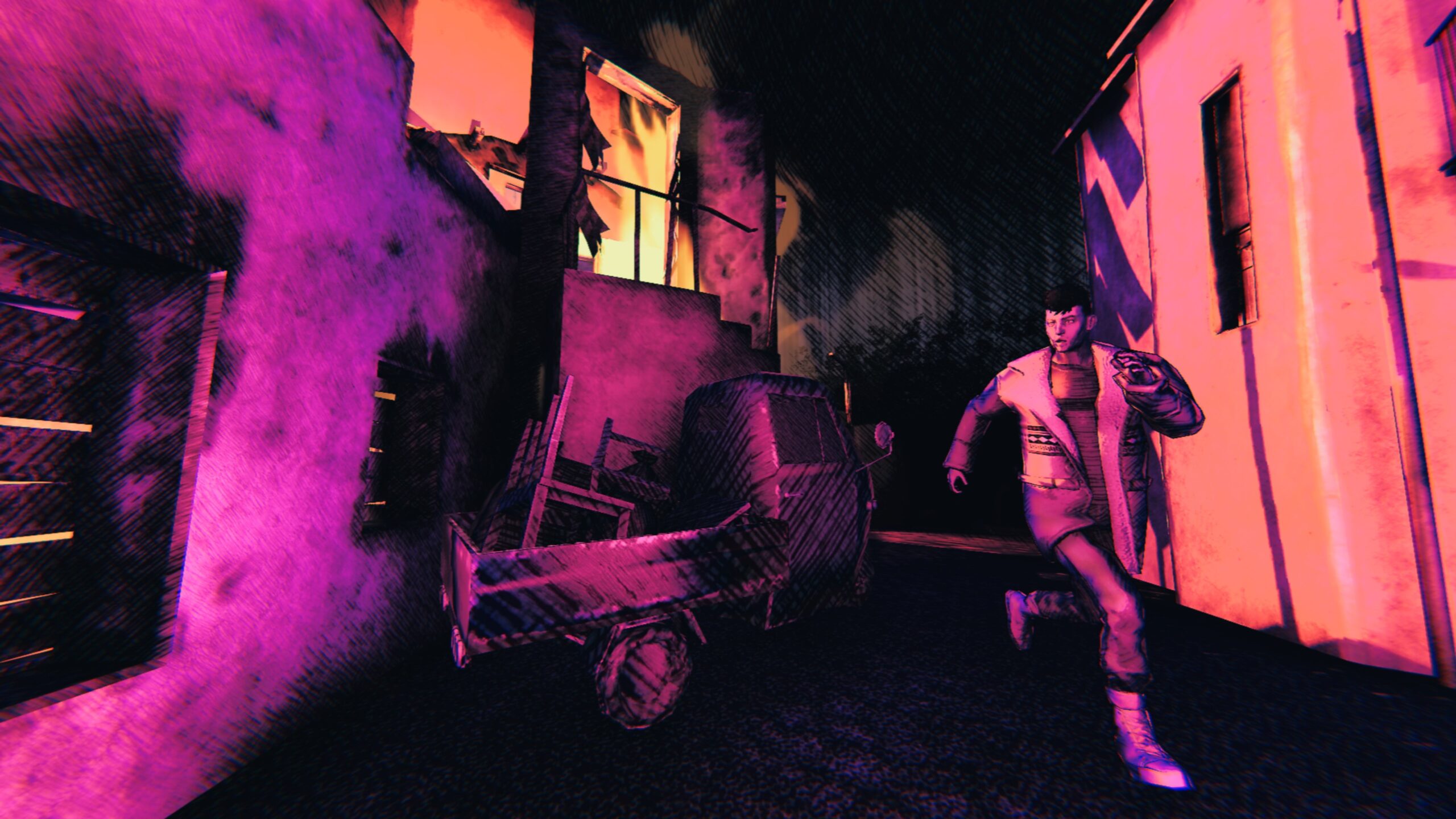
When the monster shows up, a lit match is their only line of defense outside of running and hiding. Matches are extremely in short supply and even Paul’s camera relies on film, which is limited.
Death comes quick if the thing manages to get close. When all four protagonists die, the entire town’s layout reshuffles. This is the “rogue” gameplay element at work and why navigation is so critical in Saturnalia.
Even when Anita has a map, there is still a strong sense of uncertainty of where you are. Things are familiar yet feel different at the same time – like deja vu. Some things are permanent, like any opened up shortcuts remain accessible.
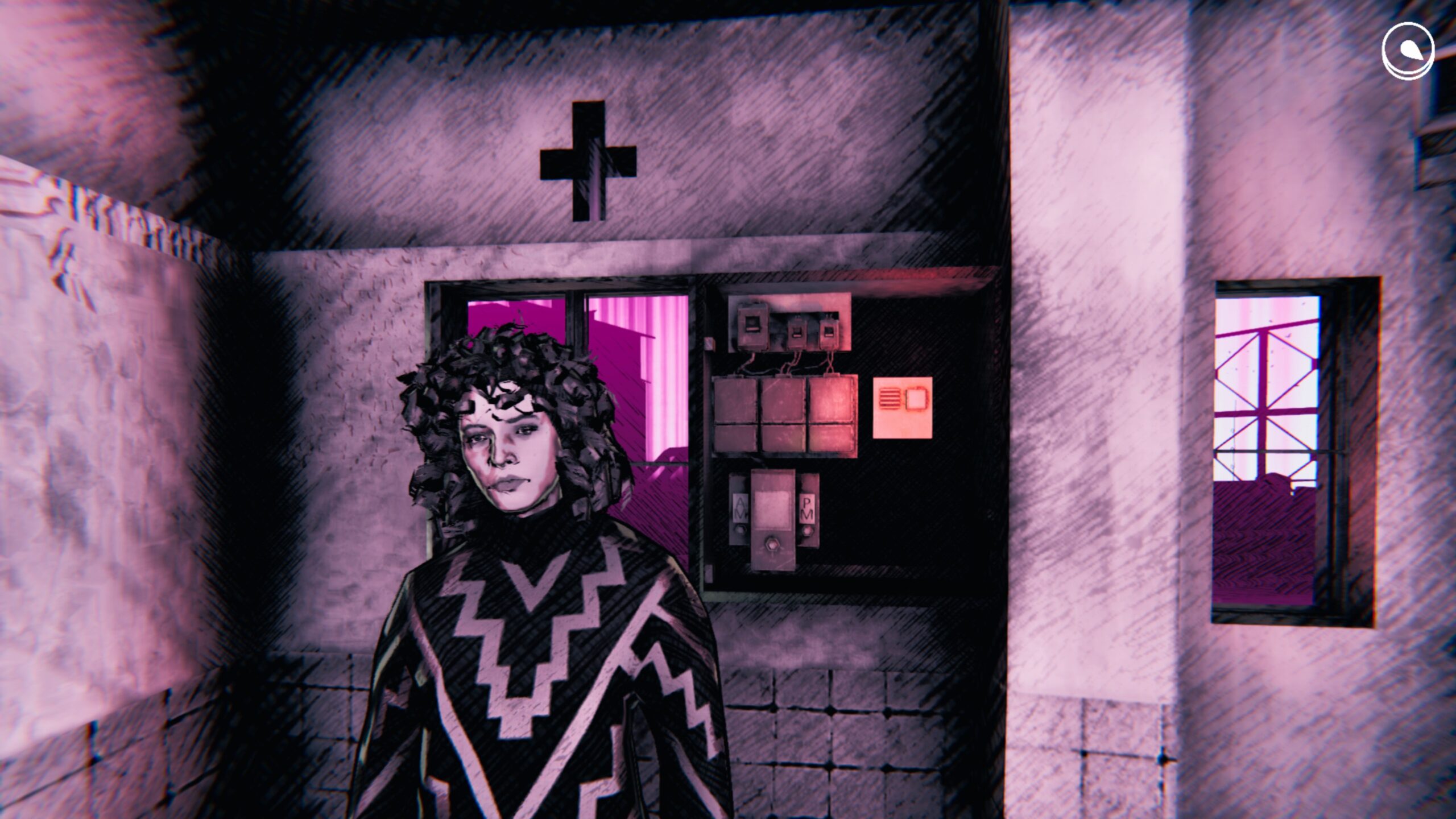
Keeping track of progress for each character’s story is made easy with a convenient chart and switching between characters involves talking to them. At times, Saturnalia evokes memories of The Lost Vikings series; character driven puzzle games where everyone had to work together.
Since the cast have their own stories and there is a dynamic dialogue system that reacts to investigating objects, the narratives will unfold differently for everyone. This loose approach to storytelling can become confusing since there is so little direction.
You can uncover important information without context and not understand it. This can happen with an irrelevant character and it can also lead to interesting situations where characters unknowingly withhold information from one another.
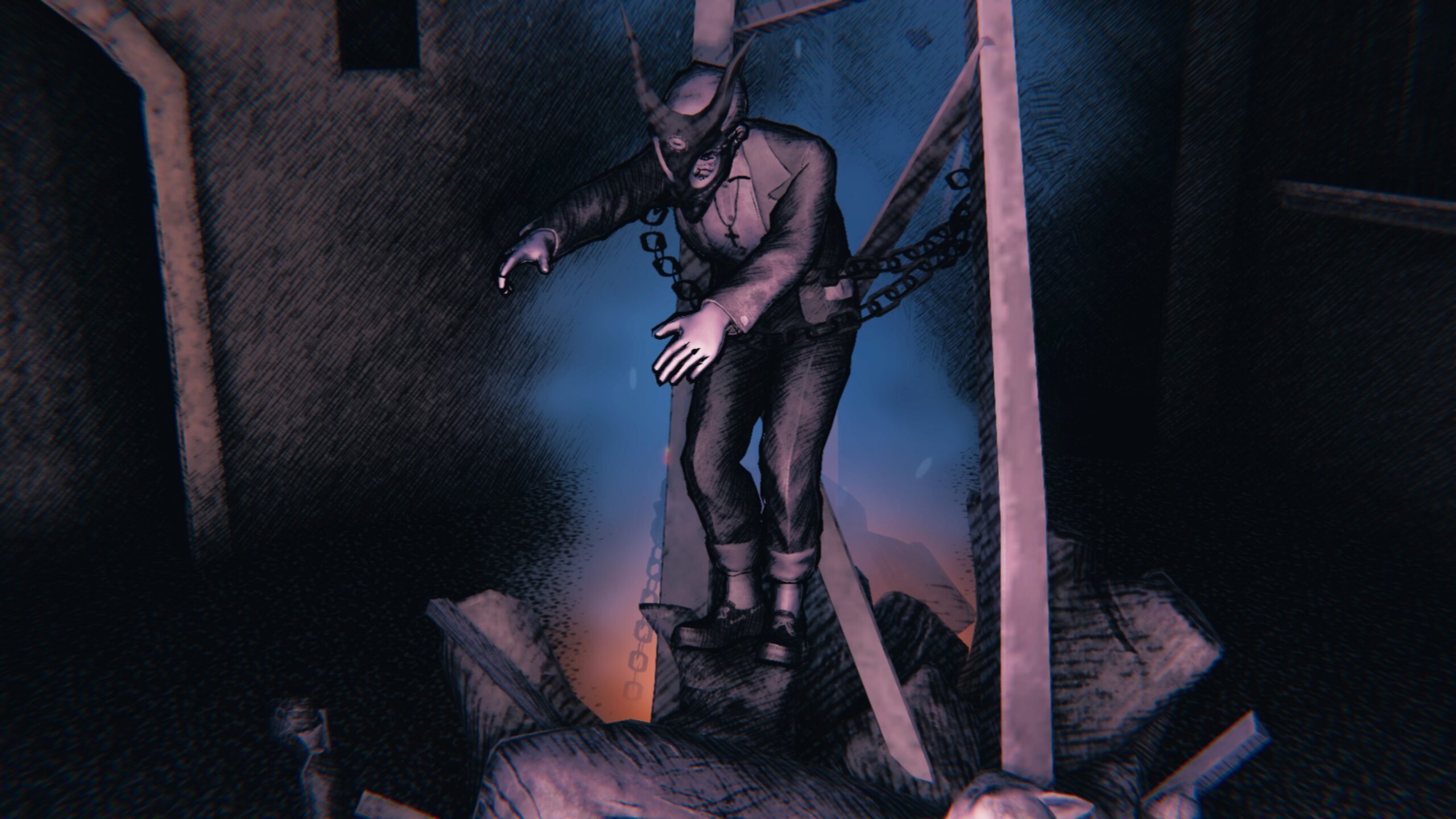
Saturnalia is a fascinating experiment. With some refinement it could be incredible. Its flaws lie mostly in the monster being too easy to evade. The protagonists may have no energy, but their foe has no brain.
The striking art and sound of Saturnalia are definitely its strengths. The gameplay is a compelling mixture of ideas that mostly pay off due to the puzzle-like scenario. The storytelling may lead to confusion, but there is nothing else like Saturnalia.
Saturnalia was reviewed on PlayStation 5 using a copy provided by Santa Ragione. You can find additional information about Niche Gamer’s review/ethics policy here. Saturnalia is now available for Windows PC (via Epic Games Store), Nintendo Switch, Xbox One, Xbox Series X|S, PlayStation 4 and PlayStation 5.